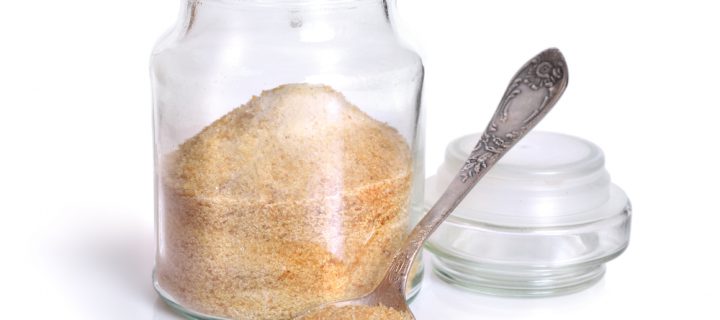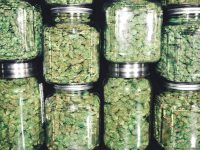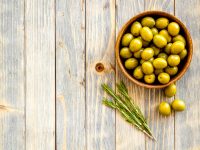The trendiest superfood finding itself on rosters of athletic diets is a throwback to 1970s dinner parties.
Research earlier this year suggested that a daily dose of gelatin – or the heart and soul of Jell-O – along with short spurts of exercise could build strength in tendons, ligaments, bones and cartilage. The research is still in its early stages, though athletes are keen on its applications towards expediting the healing process of an injury.
The gelatin idea emerged from a series of studies from Keith Baar, a Burlington, Ont.-raised scientist who heads the Functional Molecular Biology Lab at the University of California, Davis.
Tendons and ligaments were always considered an inert grouping of ropes and elastic bands keeping muscles and bones together. Further research has proven their strength can be built up and made more resilient, by manipulating the collagen that forms the backbone of these tissues.
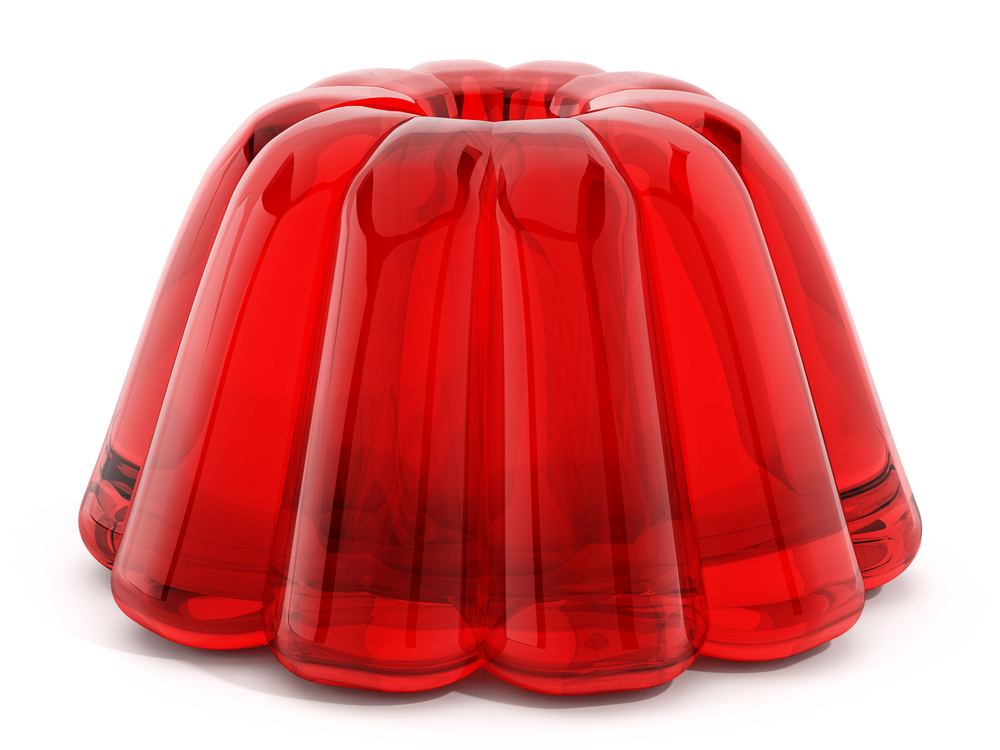
“We’ve been training for heart and muscles for years,” Baar says. “But training bone and ligament is totally different.”
Tendons, bones, and ligaments only benefit from 5-10 minutes of exercise – anything past that provides no benefit, until the tissues and bones have had six hours rest.
Diets can make a difference. Baar discovered a combination of vitamin C and an amino acid called proline produced more collagen in the connective tissues: “When I went to the internet to look for proline-rich foods,” he explains, “gelatin was by far the most concentrated source.”
Related: What is a ‘Sports Pain Jedi’?
This shows that the allegedly ‘inert’ tissues can truly adapt to stimulus, if you know how to exercise and cultivate them.
But is gelatin ready for mainstream attention?
“We have only anecdotal evidence so far,” Baar admits, “mostly on return-to-play.”
Baar spent a week in Vancouver with representatives of Canadian Sport Institutes, discussing the viability of his approach. One nutritionist pointed out that 15 grams is a lot of gelatin. That’s about eight servings of Jell-O, which is 150g of sugar. The solution is simply mixing 1.5 tablespoons of pure gelatin into a drink.
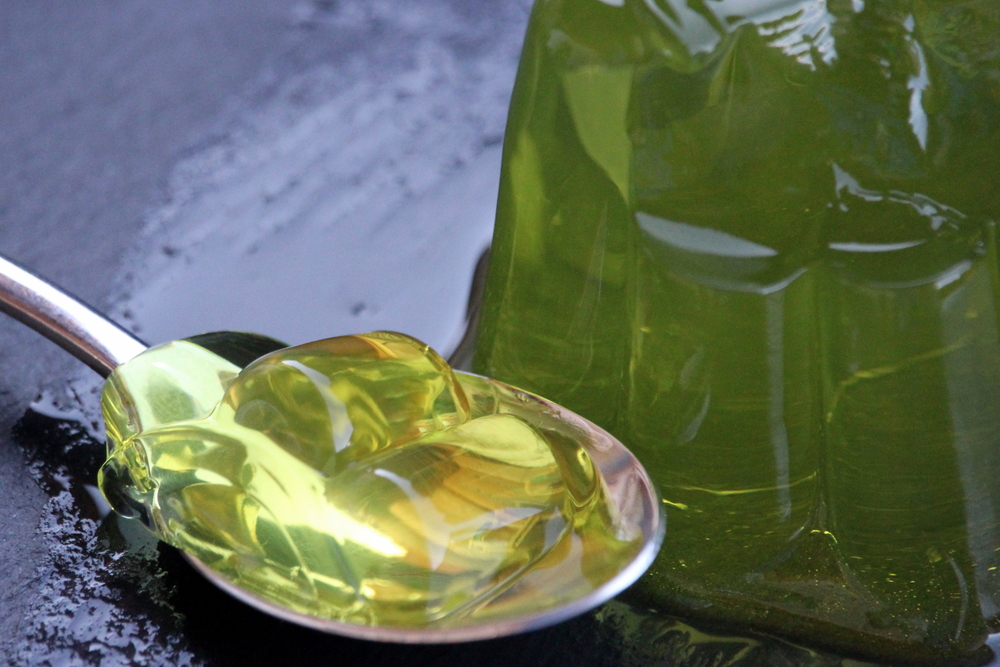
Until more research is done, you can rehab from an injury with light exercise, to the tune of 5-10 minutes, with at least a six hour break, Baar suggests.
Eventually, further clinical studies will find a conclusion to the viability of gelatin and mini-workouts as a way to increase recovery and rehab rates.
But to some athletes, the pros of following this unproven approach still outweigh the cons.
“I have developed a plan that I think gives me at least a better chance of improving my long-term outcome,” wrote Matt Laye, an ultrarunner and exercise scientist at the College of Idaho who is currently recovering from surgery to repair damaged cartilage, in a recent blog post about his switch to gelatin.
“That placebo alone is worth the trouble of researching and implementing such a plan.”
Photo Credit: cigdem/Shutterstock.com; spline_x/Shutterstock.com; Isabel Sala Casteras/Shutterstock.com

